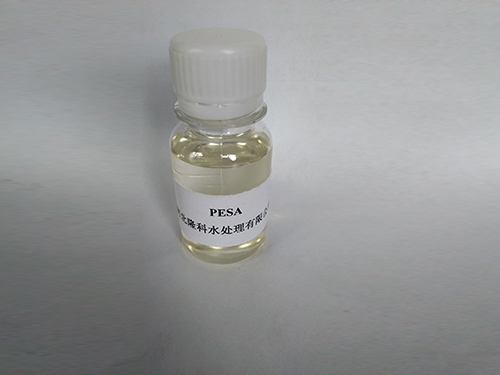function of poly aluminium chloride in water treatment
The Function of Poly Aluminium Chloride in Water Treatment
Water is an essential resource for human survival and ecosystem balance. However, with the increasing population and industrial development, the quality of water has been adversely affected. Contaminants from various sources—including industrial effluents, agricultural run-off, and urban waste—pose significant threats to human health and the environment. As a solution, various chemical treatments have been developed, one of which is Poly Aluminium Chloride (PAC). This article explores the function of PAC in water treatment and its benefits.
What is Poly Aluminium Chloride?
Poly Aluminium Chloride is a coagulant widely used in water treatment processes. It is synthesized by combining aluminum hydroxide with hydrochloric acid. The resulting compound is a yellow-white powder that is soluble in water. Due to its excellent coagulation properties, PAC is increasingly replacing traditional coagulants such as aluminum sulfate in various water purification applications.
Coagulation and Flocculation Process
The water treatment process involves several steps, with coagulation and flocculation being crucial in removing suspended particles, colloids, and various pollutants. Coagulation refers to the process in which fine particulates are agglomerated into larger aggregates (flakes) through the addition of coagulants like PAC. This reaction is facilitated by the destabilization of particles, which typically carry a negative charge. When PAC is added to water, it dissociates into aluminum ions, which neutralize the negative charges on the particles, allowing them to come together and form larger aggregates.
Following coagulation, the flocculation process takes place. During this phase, gentle mixing encourages the collision and agglomeration of the formed flakes, enhancing their size and weight, making it easier for them to be removed through sedimentation or filtration. As a result, the treated water has significantly reduced turbidity levels and improved clarity.
Advantages of Using PAC in Water Treatment
function of poly aluminium chloride in water treatment

1. Efficiency PAC is highly effective at lower concentrations compared to traditional coagulants. This efficiency means less chemical is needed, leading to cost savings and reduced chemical handling.
2. Wide pH Range It functions effectively across a wide pH range (typically between 4.5 and 7.5). This characteristic allows it to be used in various water sources, including surface water, groundwater, and industrial effluents.
3. Quick Settling The flocs generated by PAC are denser and heavier, which leads to quicker settling during the sedimentation phase. This efficiency improves the overall speed of the treatment process and productivity at water treatment facilities.
4. Reduced Residuals The use of PAC typically results in lower residual aluminum levels in treated water compared to aluminum sulfate. This is essential for meeting regulatory standards for drinking water quality and reducing environmental impacts.
5. Versatility PAC can treat a variety of contaminants, including organic matter, heavy metals, and microorganisms. This versatility makes it an ideal choice for municipal water treatment plants and industrial applications.
6. Environmental Impact Since PAC leads to less sludge formation compared to other coagulants, it can reduce the operational burden on wastewater treatment plants and minimize the environmental footprint associated with sludge disposal.
Conclusion
Poly Aluminium Chloride has emerged as a critical chemical in the water treatment industry, providing effective and efficient solutions for purifying water resources. By facilitating the coagulation and flocculation processes, PAC significantly improves water clarity and quality, making it suitable for both drinking and industrial applications. As global water quality continues to decline, the role of PAC in water treatment will become even more prominent. Given its numerous advantages, it is expected that PAC will play a vital part in ensuring safe and clean water for future generations, emphasizing the importance of innovation and efficiency in water treatment technologies.
-
Understanding Polycarboxylic Acids: Properties, Applications, and Future PotentialNewsJul.28,2025
-
Scale Inhibitor Explained: How to Protect Your System from Limescale and Hard Water DamageNewsJul.28,2025
-
Scale and Corrosion Inhibitors: Essential Chemicals for Industrial Water System ProtectionNewsJul.28,2025
-
Polyaspartic Acid: A Biodegradable Polymer for Sustainable ChemistryNewsJul.28,2025
-
Isothiazolinones: A Versatile Antimicrobial Class with Industrial Power and Regulatory ChallengesNewsJul.28,2025
-
A Deep Dive into 2-Phosphonobutane-1,2,4-Tricarboxylic Acid (PBTC)NewsJul.28,2025





